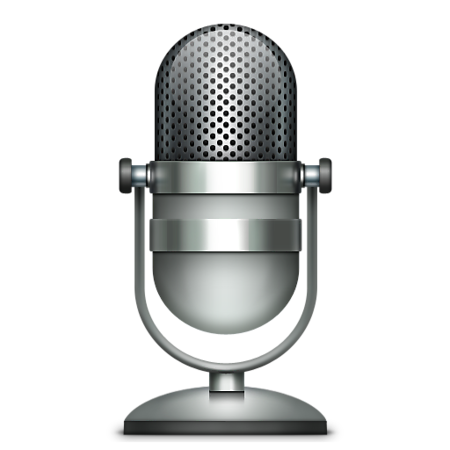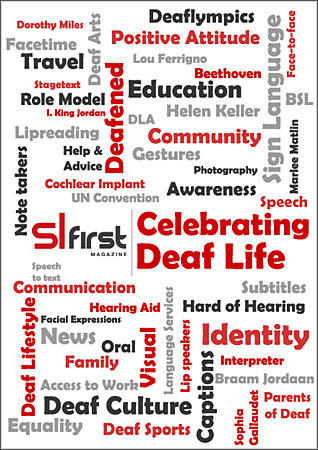Communication Aids14th December 2014
Speech to Text Widely Available
Easy to Use Speech to Text software comes as standard with the Apple Mac.

The pursuit of good speech to text technology has been going on for many years. By and large, the driver for this research and innovation is the cost of having someone present at a meeting to take down an accurate record of what was said. Compared with the human cost of making these records, the computer software out there is a fraction of the expense.
 Like a lot of today’s communication technology, speech to text has not been designed to help deaf people specifically, but inadvertently, it can be a solution in some situations. However, it seems that a lot of deaf people don’t know how readily available it is, and employers, colleges, and others don’t understand how helpful it can be.
Like a lot of today’s communication technology, speech to text has not been designed to help deaf people specifically, but inadvertently, it can be a solution in some situations. However, it seems that a lot of deaf people don’t know how readily available it is, and employers, colleges, and others don’t understand how helpful it can be.
Whilst small companies have been developing software for a long time and bringing their products to market, the big tech boys like Apple and Google have also been investing heavily in developing their speech to text capability. What that means is that many of us will have speech to text readily available to us on our phone, tablet or computer without paying an extra penny to buy a specific package.
I talked to my colleague about testing it out during a training event the other day and the outcome was pretty impressive.
For our experiment, we were using an Apple Macbook Pro, but rather than using a proper plug in microphone, we were just using the headphones that come as standard with an iPhone, the microphone, being a tiny one designed only for the wearer of the headphones to use whilst on the phone.
 Our test was going to be used in a training room with 12 attendees, with the headphones placed on a table at the back of the room. Using a Word document, my colleague opened up the Dictaphone software that comes as standard with the Apple Mac. To show it is active a small purple microphone appears at the side of the word document and as it picks up sound, it shows that through the colouring of the microphone symbol.
Our test was going to be used in a training room with 12 attendees, with the headphones placed on a table at the back of the room. Using a Word document, my colleague opened up the Dictaphone software that comes as standard with the Apple Mac. To show it is active a small purple microphone appears at the side of the word document and as it picks up sound, it shows that through the colouring of the microphone symbol.
When first switched on, the computer was slow to recognise speech and the computer frantically changed text until something close to decent grammar appeared in our word document. Typing out text in close to real time, the speech recognition slowly improved, so that accuracy and speed improved quite quickly.
Despite this being a difficult test, with twelve different people talking and only intermittent speech because it was a Deaf Awareness session, our record of what was being said continued to grow throughout the session. We weren’t using the technology fully by telling it when to type a comma, full stop or start a new paragraph, which is easily used when using the Dictaphone properly, we were simply seeing if it gave me something to read at the end of the session that reflected what had been said.
Towards the end of the session, one of the delegates asked where there was technology that could be used if an interpreter could not be found. After all, in the work place not every meeting can be planned well in advance.
I took that opportunity to show them our experiment, and I was stunned to see over 10 pages of text. It wasn’t perfect, but as I read through some of it, I could clearly recognise what was said at different points, matching the record with what my interpreter had been signing to me. With a good microphone, I imagine the results would have been even more impressive.
Readily available and provided as a free application, I would encourage all deaf people to have a look at this type of facility if they are involved in conversations which they have difficulty following. It is not a perfect transcript of what was said, but I am expecting this technology to continue to improve as the big technology continue to invest in its development.
Article by Sarah Lawrence
posted in Technology / Communication Aids
14th December 2014





